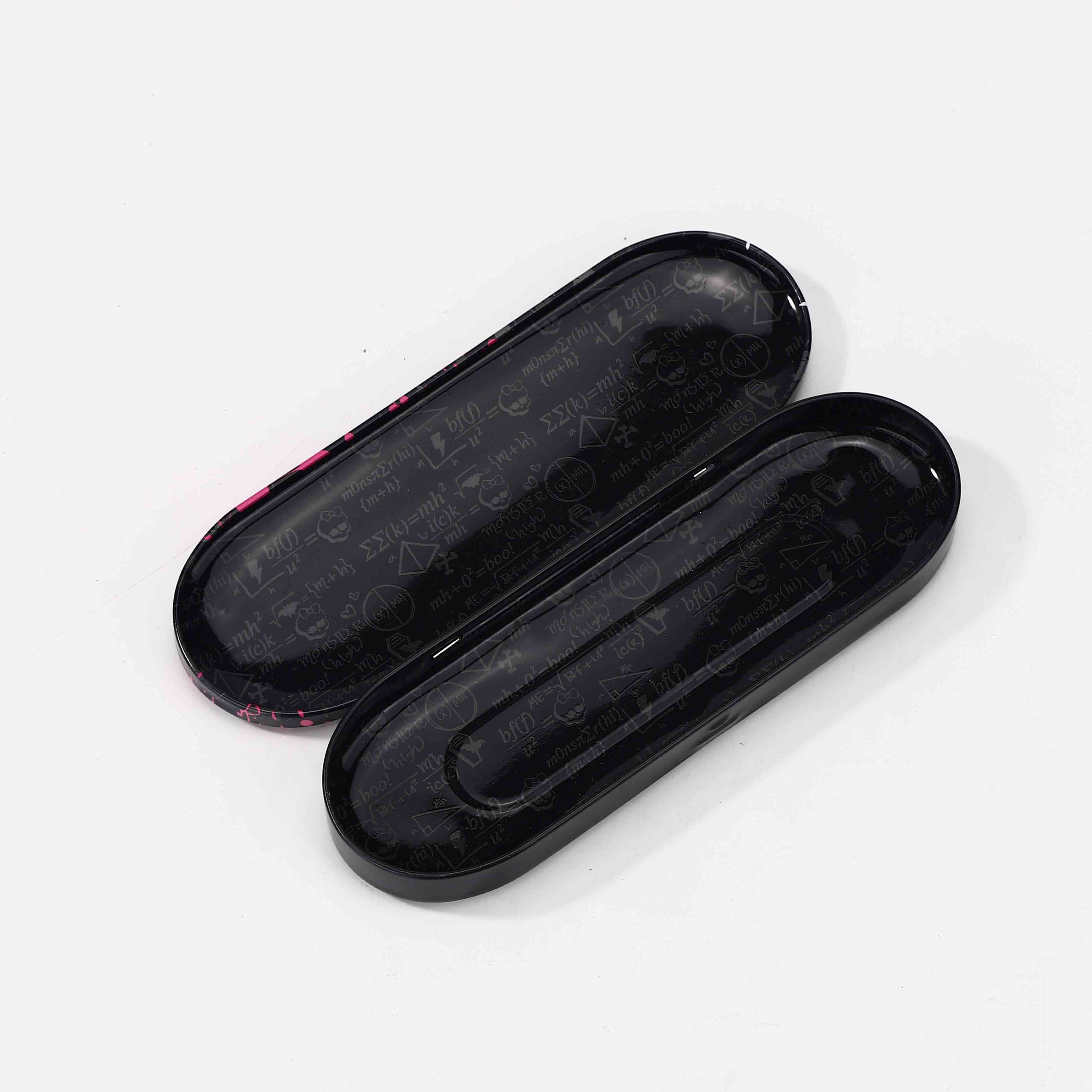Jul . 24, 2024 01:48 Back to list
Exploring the Versatility and Applications of White Tin Products in Various Industries
The Versatility and Popularity of White Tin Products
White tin, also known as tinplate, is a highly versatile and widely-used material in various industries. Renowned for its unique properties, white tin products have become a staple in everyday life, ranging from food packaging to decorative items and industrial applications. Understanding the advantages and applications of white tin can provide insight into its significance in our modern world.
Characteristics of White Tin
White tin is primarily composed of iron coated with a thin layer of tin. This coating offers excellent corrosion resistance, making it an ideal choice for products that require durability and longevity. The tin coating also provides a non-toxic surface, which is particularly important for food-related applications. Furthermore, white tin is lightweight yet strong, which enhances its usability in various sectors.
One of the standout features of white tin is its malleability. It can be easily shaped and formed into various products without losing its structural integrity. This property allows manufacturers to create intricate designs and shapes, making it a popular choice for both functional and decorative items.
Applications of White Tin Products
White tin products are predominantly used in the food and beverage industry. The material's ability to resist rust and corrosion ensures that food remains safe and uncontaminated. Cans, for instance, are commonly made from tinplate, providing an airtight seal that keeps contents fresh for extended periods. Moreover, the recyclability of tin makes it an environmentally friendly choice, aligning with the growing global emphasis on sustainable packaging options.
white tin products

In addition to food packaging, white tin is widely used in the manufacture of household items such as containers, buckets, and kitchenware. These products often feature aesthetic designs and finishes, appealing to consumers who value both functionality and style. The decorative potential of tin has led to the creation of beautiful tin art, where artists employ tin as a medium for creating intricate and eye-catching pieces.
The industrial sector also benefits from white tin products. For instance, tinplate is utilized in the production of electronic components, where its conductive properties are advantageous. Moreover, white tin is often used in automotive applications, where durability and resistance to environmental conditions are critical.
Environmental Impact and Sustainability
As sustainability becomes a tighter focus for consumers and manufacturers alike, white tin products show promise. Tin is a naturally occurring element and is recyclable, which significantly reduces waste compared to many synthetic materials. The ability to recycle tin without losing quality contributes to a circular economy, where resources are reused efficiently.
Furthermore, the production of white tin involves fewer toxic chemicals compared to other metals, making it a safer option for both the environment and human health. Companies are increasingly investing in eco-friendly practices and adopting white tin for their packaging solutions, aligning with the global shift towards sustainable development.
Conclusion
In conclusion, white tin products are integral to various industries due to their beneficial properties and versatile applications. From ensuring the safety of food and beverages to contributing to artistic endeavors, white tin holds a unique position in our daily lives. As the world continues to prioritize sustainability, the popularity of white tin is expected to grow, making it an essential material for future innovations. By harnessing its advantages, we can look towards a future that values both functionality and environmental responsibility.
-
Custom Large Metal Box Manufacturers: Durable & Reliable Solutions
NewsAug.08,2025
-
Large Metal Box Manufacturers - Custom & Durable Solutions
NewsAug.07,2025
-
Durable Large Metal Box Manufacturers | Custom Solutions
NewsAug.06,2025
-
Large Metal Box Manufacturers | AI-Powered Solutions
NewsAug.05,2025
-
Leading Large Metal Box Manufacturers | Custom Solutions
NewsAug.04,2025
-
Top Steel Pail with Lid Manufacturers | Rust-Proof
NewsAug.03,2025




















